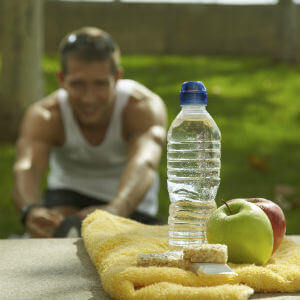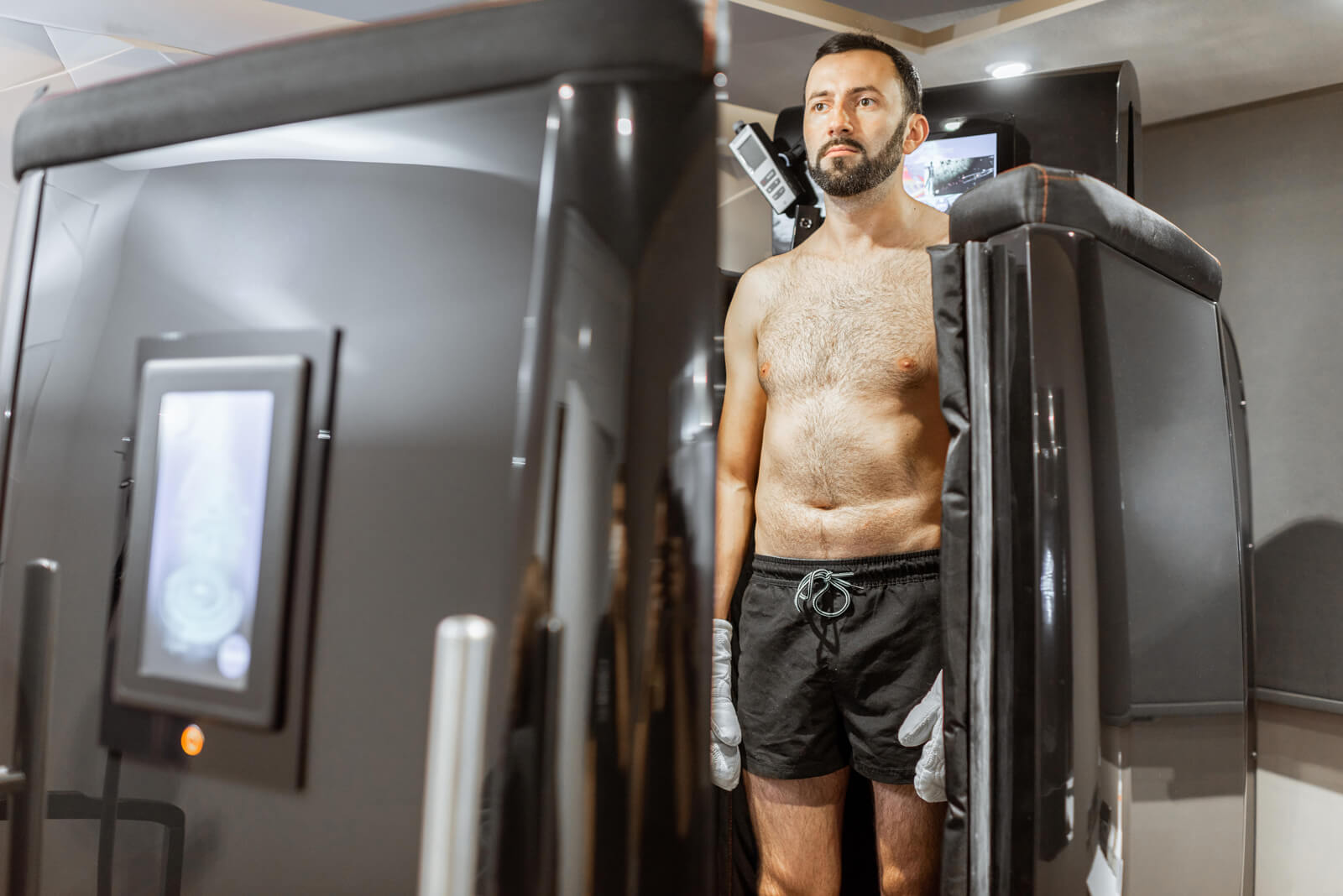Getting enough to eat when working out is important for your fitness success. Choosing the right foods will help keep your energy levels up, ensure that you don’t crash from short-lived sugar highs, and be able to keep your stamina up so you can sustain your workout for whatever duration of time you’re dedicated to exercising.
BEFORE YOUR WORKOUT
Loading up with the right kinds of food before working out will fuel your body as you expend intense bursts of energy, or will help sustain you for extended workouts like jogging, surfing or cycling.
Be sure to avoid taking vitamins on an empty stomach. Vitamins need food to transport fat soluble vitamins into the cells. Also, the warnings on the bottle about light stomach upset are true and you don’t want to cut your workout short on account of a churning stomach.
The key to pre-workout nutrition is to take in quality carbohydrates and protein. Eat at least 45 minutes before exercising so your meal doesn’t have the urge to resurface in the middle of your workout.
Here are some of our favorite pre-workout energy boosters:
- Oatmeal. Oatmeal is quick and easy to fix and provides long-lasting energy. Throw in some berries or drizzle in a little honey to spruce up plain oatmeal.
- Protein shake with added carbs. Use a high quality, organic protein powder free from artificial sweeteners, chemicals, and stabilizers to make a tasty shake. Supplement with dried oatmeal to amp up the quality carb intake. If you are using a whey protein, this is a great time to add some organic greens. Whey protein can be a little bit on the acidic side for the body, as well as exercise can create oxidative stress on the body. Greens are the best way to remedy both those issues.
Hydrate with pure water before heading out to exercise. Sipping water during exercise is also beneficial to keep muscle and joints lubricated. Don’t wait until you are thirsty to reach for the water. Sports drinks are not necessary when you stay hydrated, and can add extra empty calories.
AFTER YOUR WORKOUT
Resist the urge to overeat after working out. You might feel like it when you’re in the middle of your workout but you don’t want to undo all your great fitness progress. You’ll need to replenish your body with protein and carbs after working out, which is why you should definitely not skip eating. Muscles need protein to repair. Remember, you’re not doing yourself any favors if you essentially starve your body after a workout.
These are some tried-and-true post-workout mini meals that will leave you feeling energized and satisfied.
- Eggs. Eggs are a low-calorie, low-fat way to pump up your post-workout protein intake. Resist the urge to drown them in butter while cooking—use a light spritz of olive, or coconut oil instead.
- Bananas. Bananas are fast fixes to fill you up. They’re high in potassium and the “good kind” of carbs that help your body rebuild damaged muscles by boosting your creation of glycogen. Add some nut butter for added protein, and to avoid a blood sugar crash.
- Blueberries. Big in anti-oxidants, blueberries are a sweet snack alone or with Greek yogurt.
- Nuts. Restore proteins and vitamins lost during your workout with a few handfuls of crunchy tasty nuts. Unsalted and raw are the best.
Feeding your body the right food before and after exercising will help you get the most out of your fitness regime. But these are just a few of our suggestions. What are your favorite foods to pump up your workout productivity? Share your ideas below!






